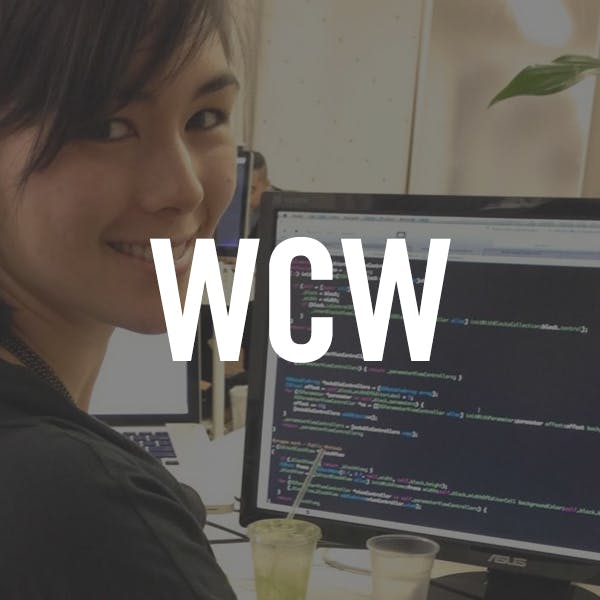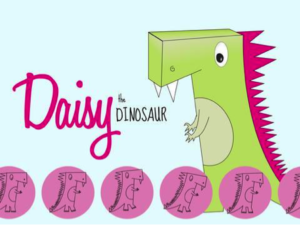Samantha John: iOS, Dinosaurs, and Hopscotch, Oh My!

Here at Flatiron School, we like to keep an eye out for people who are shaping the world through programming. For all the women who are making inroads in tech, we present to you Woman Crush Wednesdays, where we pick the brains of some truly innovative trailblazers. This time around, buckle up for some stimulating thoughts […]
Here at Flatiron School, we like to keep an eye out for people who are shaping the world through programming. For all the women who are making inroads in tech, we present to you Woman Crush Wednesdays, where we pick the brains of some truly innovative trailblazers. This time around, buckle up for some stimulating thoughts on women's empowerment in programming and how games are pushing hardware.

There's no doubt about it: little kids love to play on tablets. As their popularity rapidly increased, Hopscotch co-creator Samantha John used this to her advantage to both educate and entertain. A former Ruby on Rails developer, John noticed the lack of programming opportunities for girls and wanted to build a tool to change that. She started out by creating an app called Daisy the Dinosaur made from HTML5, where drag and drop tools could teach children to make Daisy do tricks through simple programming functions.
Once the idea for Hopscotch dawned on her, John knew that an iOS program would be more malleable, so she created the first visual programming language for a mobile device. With fun and colorful characters to play with, the games are created with girls in mind, but are a blast for any gender. Her app has since garnered over two million downloads. John's ideas and drive have spoken volumes about what innovations in tech can do for younger generations, and she's just getting started. She hopped on the phone with us for a few minutes to share some insight into her innovations and the future of programming.
What inspired you to create Hopscotch?
We (me and co-creator Jocelyn Leavitt) had looked around the state of the world with programming and engineering and felt like it was mostly male. A big part of the problem is when you see children's presents, boys get legos and robots and girls get makeup and princess sets. We wanted to program something on the iPad that would get young women into programming. It's not just for girls, but we try very hard to make it gender neutral and friendly to girls.

The app you designed is meant to be fun for children, but with the ultimate goal to be educational. What has your response been from teachers?
Teachers really like it. They're some of our biggest evangelists and they're very active in the tech community. So that's been really great for us! I think we ultimately consider Hopscotch a consumer product, but using it in school is a great way for people to learn about programming.
It's awesome you get to claim the title for making the first visual programming language for a mobile device. What major challenges did you encounter as you were creating it?
I think a big challenge we've been running up against has to do with how we're just on iPad right now. We have an iPhone app up but you can't really create anything on it. The computer is a small one and especially on older iPads, things tend to get slower and there are performance things to keep in mind. Games are generally always trying to push the hardware to do ever more exciting things based on the computers we have.
What advice would you give to someone who's interested in pursuing a career in tech or programming?
Get experience any way you can. You can get someone who knows what they're doing to come program with you, that can really help. Try and learn from as many smart people as you can and you'll get better.Sound like something you'd like to try out?
Download the app, then stop by the course listings to see how you can get into programming.__This post originally appeared on June 6, 2015.
Disclaimer: The information in this blog is current as of January 29, 2016. Current policies, offerings, procedures, and programs may differ.



